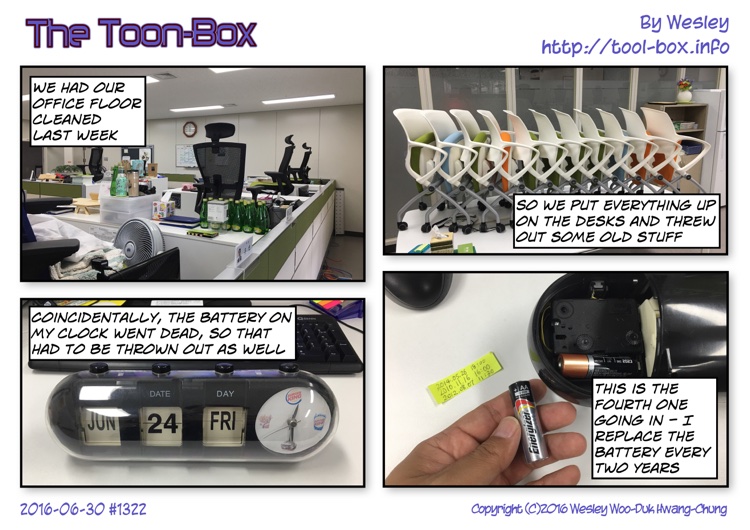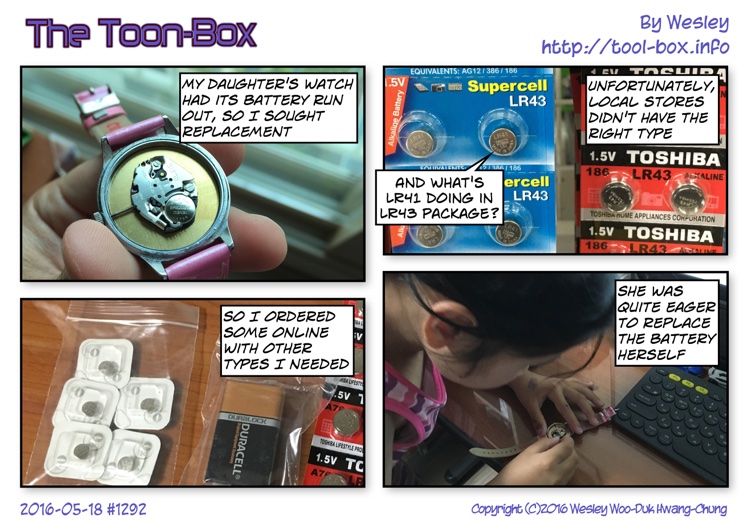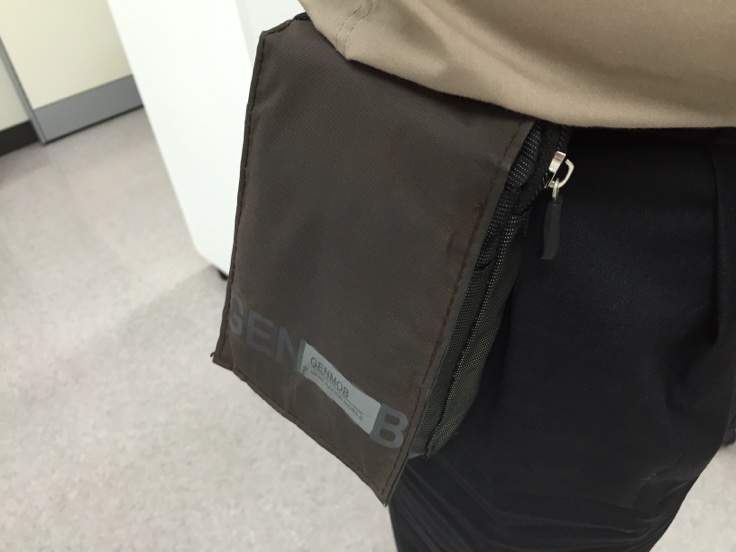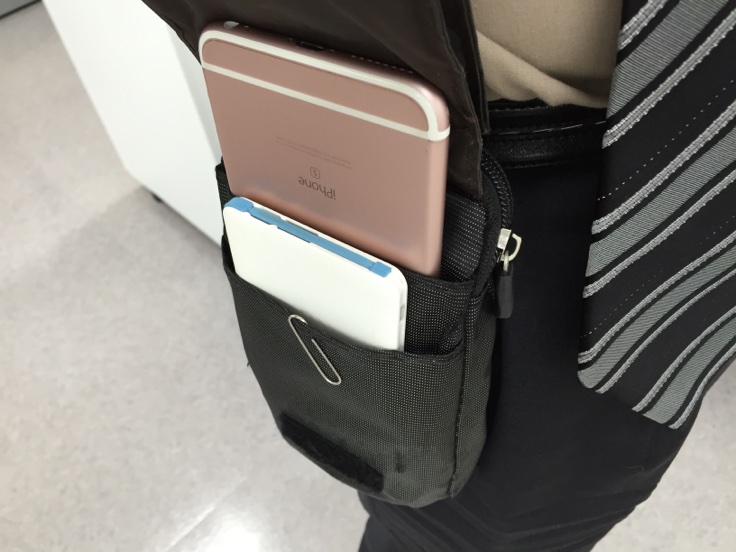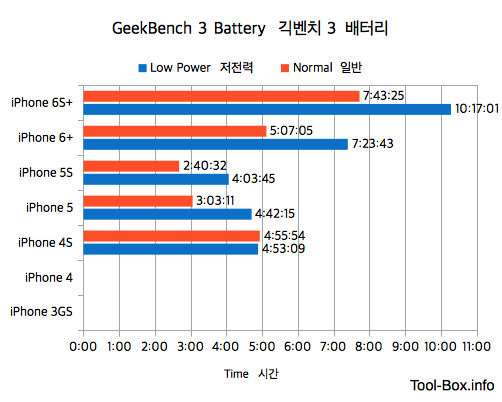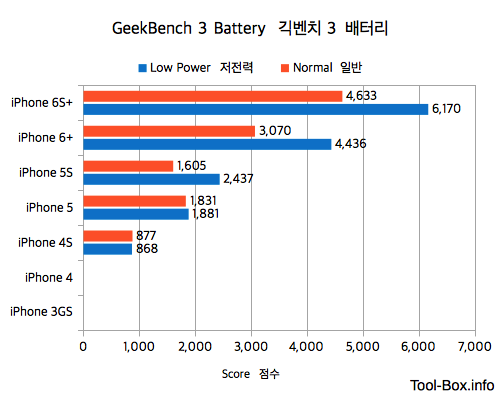Apple Watch 1st gen vs. Series 2 - Workout
Posted by Wesley on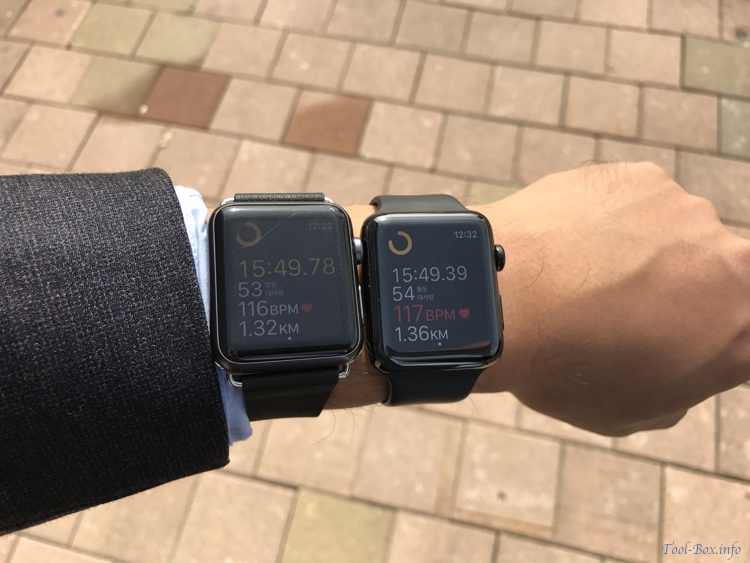
Logging a brisk walk outside with both Apple Watch Gen 1 (left) and Series 2 (right)
To compare the battery life of the Gen 1 and Series 2 Apple Watches in a fair manner, I wore both devices on the same arm for as long as the device's battery lasted. In doing so, I was also able to see if there were any differences in the logged activity data. I'll be talking about this first.
I should note that this test required carrying two iPhones, one for each watch. While Apple did introduce 'auto switch' feature in iOS 9.3 and watchOS 2.2 to let a user use multiple Apple Watches, only one watch can be active at a time. So to log the activities independently and simultaneously, I paired Series 2 to iPhone 7 Plus and Gen 1 to iPhone 7. The phones were in my pants so that they would always be close to the watches. Both had been through more than 20 minutes of calibration walks before the testing as well. Let's see what the final results of this walking session.
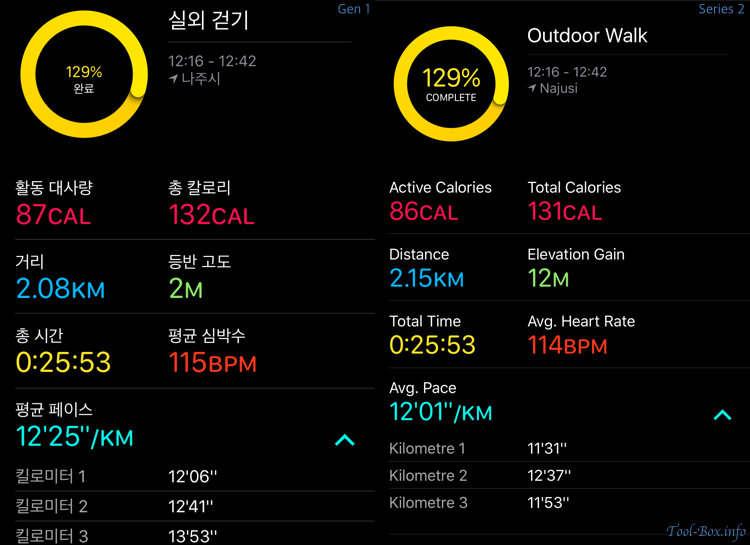
Walking for 25 minutes, logged with Apple Watch Gen 1 (left) and Series 2 (right)
The calorie and heart rate measurements were nearly the same, meaning that both Apple Watches saw nearly the same amount of activity. This is assuring as the measurement back-end for the workout session is consistent across generations.
